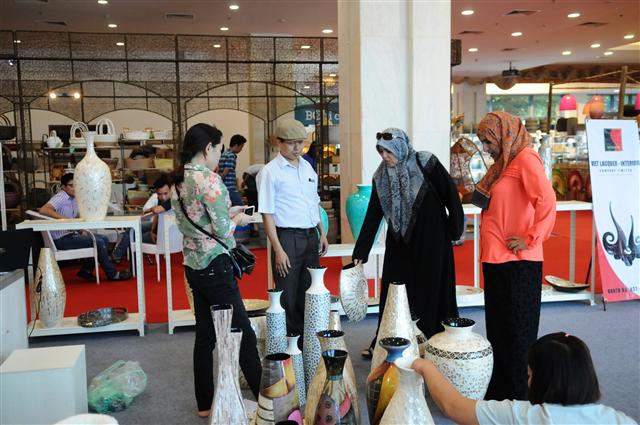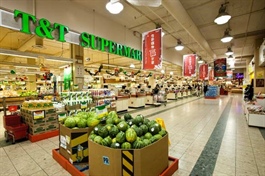European trade deal presents craft villages with opportunities, challenges
European trade deal presents craft villages with opportunities, challenges
The EU-Vietnam Free Trade Agreement (EVFTA) promises opportunities for products of Vietnamese craft villages to increase their presence in the EU market. However, opportunities come alongside challenges, requiring craft villages’ breakthrough changes. Vietnam Economic News’ Do Nga spoke with Luu Duy Dan, Chair of the Vietnam Association of Craft Villages.

Luu Duy Dan, Chair of the Vietnam Association of Craft Villages
|
What do you think of craft villages’ ability to join the EVFTA playing field?
I believe the EVFTA will open numerous opportunities for craft villages as their export products are exempt from taxes under the trade deal. Businesses in craft villages will have to create suitable products for export to the EU, based on design ideas and production processes of foreign partners.
Competitive products of Vietnamese craft villages include ceramics and porcelain products, wooden handicrafts, and embroidery among others. However, craft villages will have to cope with challenges when exporting to the EU. Ceramics and porcelain products, for example, are fragile and entail high shipping costs. Moreover, products of Vietnamese craft villages will have to compete with high-quality, reasonably priced traditional products made in the EU. Most Vietnamese craft villages run production on a small scale using outdated technologies and management methods. To benefit from the EVFTA, they need breakthrough changes.
What should businesses do to feel confident in major markets?
The EVFTA offers protection of industrial handicraft designs. To ensure exporter interests, businesses and production households in craft villages should pay special attention to building brands and registering geographical indications of their products.
Manufacturers should apply new, advanced technologies to improve product quality and take the initiative in seeking access to new markets. They also need to learn about European technical barriers to trade.
|
What will the association do to promote the development of craft villages?
While larger companies have become familiar with export procedures, small businesses and craft villages remain confused. The Ministry of Industry and Trade and the Ministry of Agriculture and Rural Development should provide them with detailed instructions. For their part, associations, craft villages and production establishments should cooperate with each other to meet the requirements of big orders and penetrate discerning markets.
The association is examining how to help craft villages create strategic products and tighten their sales promotion linkages. However, I want to emphasize that it’s time for craft villages to equip themselves with knowledge of international integration and take the initiative in this process

























